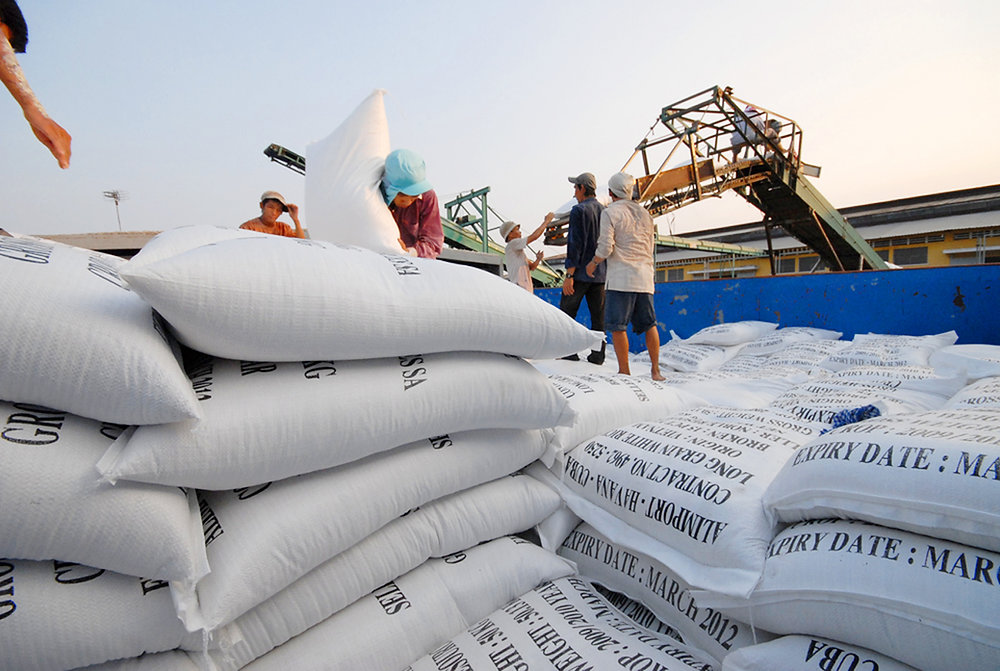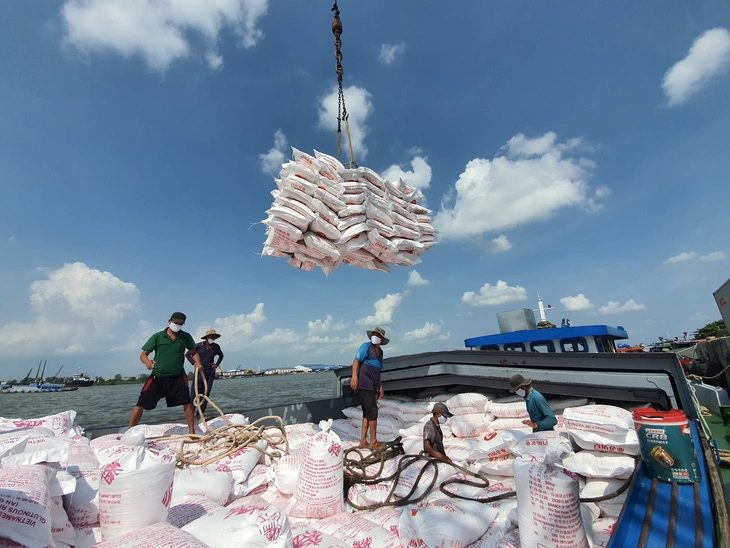U.S.–Vietnam Competition Reshaping Global Rice Trade Dynamics
Table of Contents
A shifting global rice supply landscape is increasingly challenging U.S. growers and elevating Vietnam’s growing role as a leading exporter. As global rice demand evolves, both countries must adapt—U.S. rice producers to protect narrow-margin operations, and Vietnam to scale while maintaining sustainable practices.
Why the Global Rice Trade Is in Flux
Rice is the world’s most consumed staple. In Asia, more than two billion people rely on rice for up to 80 percent of their daily calories. Less than 10 percent of total rice production is traded internationally, but exporters in Southeast and South Asia—particularly Thailand, Vietnam, and India—dominate that market.
Although the U.S. accounts for only around 1 percent of global rice output, it contributes roughly 5 percent of exports. That export link is critical to U.S. producers.
A Rising Threat: Vietnam’s Competitive Edge

Vietnam has rapidly expanded its rice exports. In recent years, it has supplied up to 85 percent of the Philippines’ rice imports, demonstrating swift responsiveness to trade disruptions. With approximately 82 percent of its agricultural land devoted to rice, Vietnam enjoys both scale and specialization unmatched by U.S. producers, who cultivate rice on less than 1 percent of land.
Vietnam’s global footprint is strengthened by its CPTPP membership, enhancing access to key Asian markets. As trade relationships shift, buyers like Japan—historically a U.S. customer—could increasingly turn to Vietnamese suppliers if U.S. rice becomes comparatively expensive or uncertain.
Challenges Facing U.S. Rice Producers
U.S. rice farms typically operate on tight profit margins. Disruptions in export demand could quickly result in financial strain. While price spikes or local demand may temporarily help, long‑term viability depends on stable international trade.
Costly trade shifts triggered by tariffs or policy changes make it hard for U.S. growers to pivot. Cropping decisions—such as rotating to other grains—require compatible soil, infrastructure, and equipment, making swift changes difficult and risky.
The USA Rice Federation, representing growers, has supported measures targeting unfair import practices. Still, its members are wary that retaliatory tariffs or policy swings could further threaten their market share.
Opportunities and Risks for Vietnam
Vietnam stands to benefit from current trade dislocations. Its high land-use efficiency and policy alignment give it flexibility to replace the U.S. supply, particularly in price-sensitive import markets.
That said, Vietnam faces its own hurdles: risks of climate stress in the Mekong and Red River Deltas, fragmentation among small farms, and environmental impacts, including methane emissions. Experts suggest investing in irrigation modernization, farm consolidation, environmental resilience, and export quality upgrades to maintain growth.
Broader Global Trends

The global rice market rose from 47.9 million metric tons in 2018–19 to 54.6 million metric tons in 2023–24, largely driven by Asia’s dominance in both output and exports. Southeast Asia remains the largest rice‑exporting region, shipping mostly to West Africa, East Asia, and the Middle East.
Trade interference, tariff volatility, and geopolitical friction—including tensions over transshipment of Chinese goods via Vietnam—add layers of uncertainty. Indonesian buyers, for example, delayed major Vietnamese rice imports due to sudden price drops and renegotiations. Regional trading frameworks and tariff policies across Southeast Asia continue to evolve.
What This Means Going Forward
Both countries must recalibrate their strategy:
- U.S. policymakers and industry leaders should support domestic growers through trade rule enforcement, subsidy programs for exposure mitigation, and efforts to maintain market access abroad.
- Vietnamese policymakers must manage expansion with climate resilience efforts, modernization of supply chains, environmental safeguards, and higher export quality consistent with global expectations.
The decisions made today by both countries will shape not just rice trade trajectories but also global food security and agricultural sustainability for the long term.


